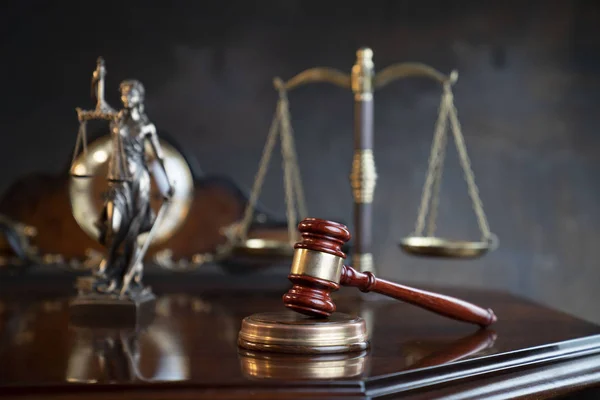
The January 2023 shooting of Abby Zwerner by her 6-year-old student had some unprecedented details, but its result was all too tragically familiar. A jury in Virginia awarded her $10 million in damages this week for the injuries sustained after finding former assistant principal Ebony Parker liable for ignoring repeated warnings that the child had a gun. The verdict not only gives Zwerner a measure of justice but also sets the stage for a criminal trial that could redefine how schoolsand their leadersare held accountable for preventing gun violence.

1. A Civil Verdict with Criminal Consequences
The jury, after about 5½ hours of deliberation, ruled in favor of Zwerner, who argues Parker did nothing despite multiple staff alerts about the firearm. Parker faces eight felony counts of child neglect in a criminal trial next month one for each bullet in the gun. Legal experts say holding a civil trial before a criminal one is “really unusual,” but in this case it may provide prosecutors insight into the defense’s strategy, and strengthen their case. “The civil jury verdict really strengthens the prosecution’s hand,” said University of Virginia law professor Darryl K. Brown.
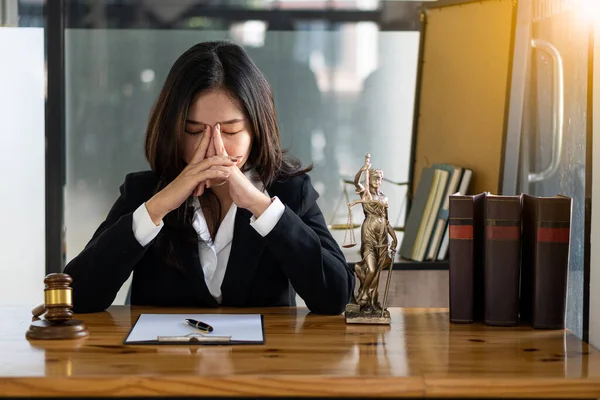
2. The Human Cost of Inaction
Zwerner’s testimony was harrowing: shot in the chest and hand while sitting at a reading table, she recalled, “I thought I was dying. I thought I had died.” The injuries have left her withdrawn from family, struggling to do basic tasks, and in lasting pain despite multiple surgeries. Her twin sister testified that “She’s just not the person that she was.” These accounts line up with research showing that survivors who do not suffer fatal wounds face years of recovery emotionally and physically.

3. Shared Responsibility vs. Singular Accountability
School safety is everyone’s responsibility and not one administrator’s burden, testified defense expert Dr. Amy Klinger, who added it would have been very hard for anyone to predict a 6-year-old would bring a gun to school. But Zwerner’s attorneys argued Parker had “the entire puzzle” of information and did nothing to decisively act on the warning. “A gun changes everything. You stop and you investigate,” attorney Kevin Biniazan told jurors.

4. Ripple Effects Beyond the Courtroom
The case could serve as precedent for charging school officials in cases involving gun threats if they fail to intervene. Though parents have faced charges in similar incidents, experts say it’s rare that administrators face criminal liability. “There are likely to be future prosecutions in other jurisdictions on the same theory,” Brown said. That possible shift could nudge districts across the country to tighten protocols and increase training.

5. Enhancing Security and Safety in School
Clear, enforceable procedures are the first line of prevention, experts say. They recommend immediate investigations of credible threats, lockdowns where there is suspicion of a firearm and direct intervention with students who report weapons. Poor follow-through or delay can have tragic results, as here. Some districts are also adding neutral gun-safety lessons for students, such as teaching them to “stop, don’t touch, leave quickly, tell an adult” if they find a firearm.
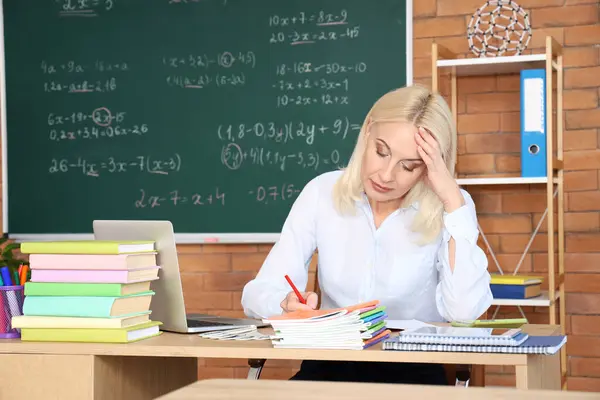
6. Supporting Educators After Trauma
The psychological toll on teachers after a shooting is profound. Survivors often face PTSD, anxiety, and depression, and may struggle to return to the classroom. Advocates urge districts to provide free ongoing mental health support for staff-not just students-and to normalize emotional check-ins. “Whose job is it to look after us?” asked Michigan art teacher Angela Chen, reflecting a common sentiment among educators.
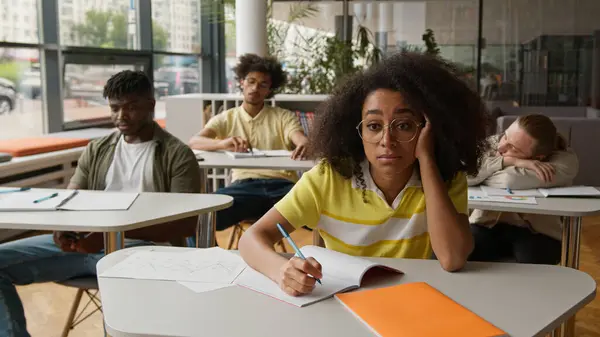
7. Long-Term Impact on Students
Various studies have documented long-term effects for students exposed to school shootings: increased use of antidepressants, absenteeism, and lower high school and college completion rates. The economic consequences are very real: survivors may earn $2,779 less per year in their mid-20s, adding up to billions in lost lifetime earnings for the nation. As a matter of fact, in incidents that are less fatal, these effects remain; they point out the need for strong supports after such crises.

8. Advocacy and Policy Change
Survivors like Zwerner join a growing network of educators, parents, and students pushing for legislative action-from expanding background checks to enforcing secure firearm storage laws. “Our country needs to realize how much gun violence really takes away,” activist Mia Tretta informed lawmakers. Her call reflects a broader movement to shift responsibility from individual vigilance to systemic prevention. The $10 million verdict is more than a legal victory-it is a wake-up call. It provides a clear indication that ignoring credible threats comes with steep consequences and amplifies the urgent need for schools to take decisive action to protect both their staff and students.
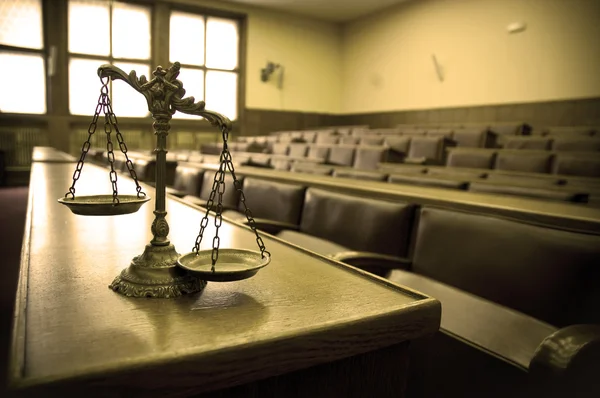
To communities across the nation, the message is loud and clear: safety is to be of the utmost priority, and accountability is no longer optional. The January 2023 shooting of Abby Zwerner by her 6-year-old student had some unprecedented details, but its result was all too tragically familiar. A jury in Virginia awarded her $10 million in damages this week for the injuries sustained after finding former assistant principal Ebony Parker liable for ignoring repeated warnings that the child had a gun. The verdict not only gives Zwerner a measure of justice but also sets the stage for a criminal trial that could redefine how schools—and their leaders—are held accountable for preventing gun violence.


